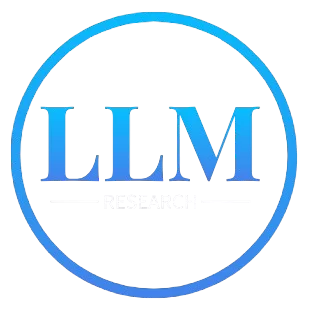Unlocking Earth's Secrets: Is There a "Kill Switch" Triggering Catastrophic Cycles?
We live on a dynamic planet, constantly shifting and changing. But what if those changes weren't random? What if Earth itself held a "kill switch," a self-regulating mechanism that triggers massive cataclysms at regular intervals? Sounds like science fiction, right? Well, that's precisely what Chan Thomas proposed in his controversial work, "The Adam and Eve Story."This post dives deep into Thomas' theory, combining scientific scrutiny with imaginative thought experiments. We're not here to blindly accept or reject; instead, we're setting out to explore the underlying mechanisms, analyze the claims, and grapple with the existential implications.
Peeling Back Earth's Layers: What's Underneath?
Thomas paints a picture of a complex Earth with multiple molten layers, each with unique magnetic and electrical properties. But how does this compare to what we actually know about our planet's interior?- The Core Challenge: Established geophysics tells us we have a solid inner core, a liquid outer core responsible for our magnetic field, and a mantle and crust above. Thomas' ideas, however, posit "neutral matter" escaping from the inner core and driving cataclysmic shifts. This "neutral matter," though, has no scientific basis.
- Shifting Earth Shells: Imagine Earth's surface suddenly sliding. It's the concept that the entire Earth's shell isn't just moving slowly like with plate tectonics, but shifting in a massive way. But is this plausible? Current science dictates slow tectonic movements and mantle convection, not sudden, global-scale displacements.
Ice, Poles, and the Big "Shift":
Thomas suggests polar ice caps can trigger these dramatic shifts, acting like a lever on a massive machine. But is this possible?- The Ice Cap Lever: While polar ice imbalances can affect Earth's rotation, current geophysics rules out that such a minor effect can cause rapid pole shifts. Such an event would require unheard of amounts of energy.
- Time is of the Essence: Rapid pole shifts as described by Thomas, are not supported by geological records. The Earth's magnetic field changes over thousands, sometimes millions of years, not within the blink of an eye.
Cataclysms, Cycles, and the "Kill Switch":
Does Earth possess a self-regulating mechanism or a "kill switch?"- The Rhythm of Destruction: The author implies that cataclysmic events are part of a regular cycle, which suggests a predictable pattern. But is there evidence?
- Purposeful Destruction?: Some speculate that these events reset the planet, acting as a failsafe against runaway environmental conditions. Does this imply intentional design, or are they just the result of natural processes?
Decoding the Puzzle: Ancient Symbols and Lost Stories
Thomas interprets "Naga glyphs" and weaves biblical narratives into his theory. Here, things veer even more into the unconventional:- The Mystery of the Naga Glyphs: There's no evidence of any existing language system that we know of. These could be symbols from a lost civilization or something else entirely.
- Genesis Reimagined: He merges Genesis accounts with cataclysmic narratives. Is this a bold act of interdisciplinary exploration or a stretching of the evidence?
Beyond What We Think We Know:
Is the Earth conscious, alive, and capable of self-regulation?- Planetary Sentience: Emerging theories in systems science and the Gaia hypothesis suggest that Earth can act as a complex system that maintains homeostasis. But does that mean it's conscious or can intentionally trigger a "kill switch?"
- Existential Implications: If a "kill switch" does exist, what does that mean for humanity? How would it shift our perspective on our place in the cosmos and our approach to survival?
Critical Analysis: Separating Fact From Fiction
How do we assess such unconventional claims?- Validate the Source: Look at the evidence presented to see if it aligns with established science, historical records, and archeological findings.
- Logic Check: Watch out for rhetorical devices, logical fallacies, and inconsistencies within the narrative. Does it make sense and how well is the reasoning structured?
- Testability: Does this concept make predictions that can be evaluated against past or present evidence? The absence of testability can indicate that it's a speculative theory rather than empirical fact.
The Unanswered Question: The Next Pole Shift?
According to Thomas, the next pole shift is inevitable, but is this the truth?Geological evidence suggests pole shifts happen gradually over thousands or millions of years, while Thomas's ideas lean towards sudden cataclysmic change. What we see here are clashing viewpoints from two different lenses.
Moving Forward: A Call to Exploration
We've navigated a labyrinth of unconventional ideas, a journey that highlights the importance of embracing creativity and critical thinking. We're reminded that scientific inquiry isn't about settling for easy answers; it's about pushing the boundaries of what we know and challenging the very nature of reality.While we may not find all the answers, we've broadened our perspective. Now, it's your turn to delve deeper into these intriguing ideas and share your own findings with the world.

